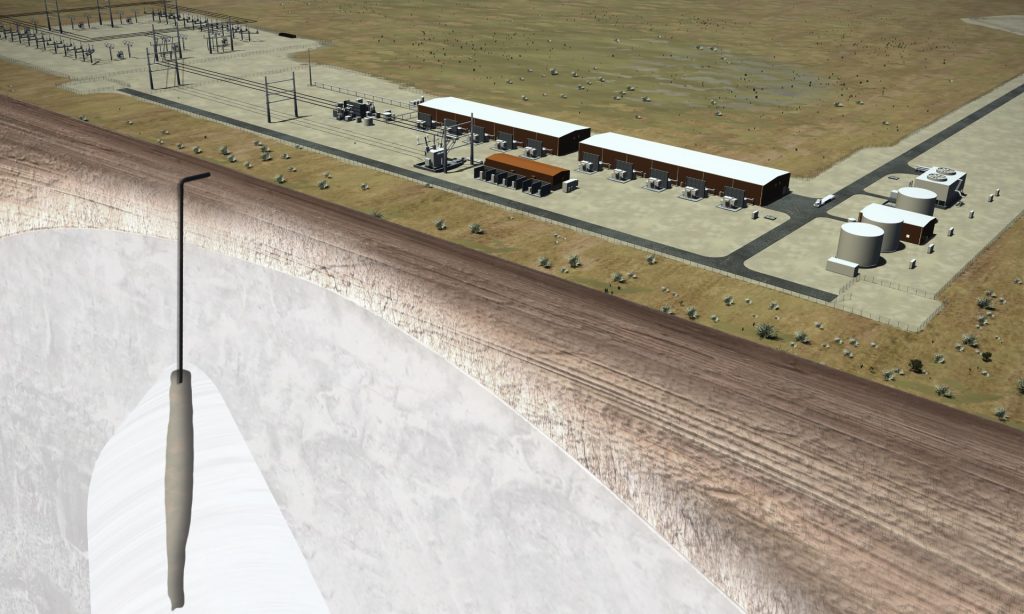Mitsubishi, Chevron Partner on Clean Energy Storage Project
2 min read
Mitsubishi Power Americas is partnering with Chevron USA to advance its advanced clean energy storage project in Utah.
Chevron recently acquired a majority interest in ACES Delta, a joint venture between Mitsubishi Power and Magnum Development, which is developing the clean energy project. The project is an industry and utility-scale, clean hydrogen facility that will produce, store, and deliver green hydrogen in the western region of the U.S. It intends to use excess solar and wind-generated energy to power large-scale electrolyzers that will produce low-carbon intensity hydrogen and oxygen.
The project is expected to produce about 100 metric tons of hydrogen each day by mid-2025 and will store 300-gigawatt hours of energy.
“Expansion of the lower carbon intensity hydrogen supply, along with the development of innovative storage solutions, is critical to the reduction of greenhouse gas emissions,” said Austin Knight, vice president, hydrogen, Chevron New Energies. “At Chevron, we look for projects that are moving the needle in this respect, and the Advanced Clean Energy Storage project in Delta, Utah is an example of a commercially viable project that will help advance a lower carbon future.”
Using Utah’s Salt Domes for Hydrogen Storage
A unique feature of the advanced clean energy storage project is its use of Utah’s geological features — specifically, its salt domes. Hydrogen will be kept in salt caverns within the earth, allowing for long-term storage capabilities. The salt cavern storage system will help improve resource adequacy by capturing excess renewable energy, and then dispatching it when needed.
In a renewable energy-powered future, hydrogen is expected to play a key role in the storage and transportation of energy. Underground storage has been identified as the most efficient method to keep up with large amounts of hydrogen needed to meet grid-scale energy demand. The International Energy Association has three international pilot projects aimed at exploring future underground, large-scale energy storage options.
Intermountain Power Agency has secured offtake for the first two salt caverns in Utah for its IPP Renewed project. The agency maintains an 840 megawatt natural gas power plant, which plans to operate on fuel with 30% lower carbon intensity in 2025, and eventually 100% by 2045.





